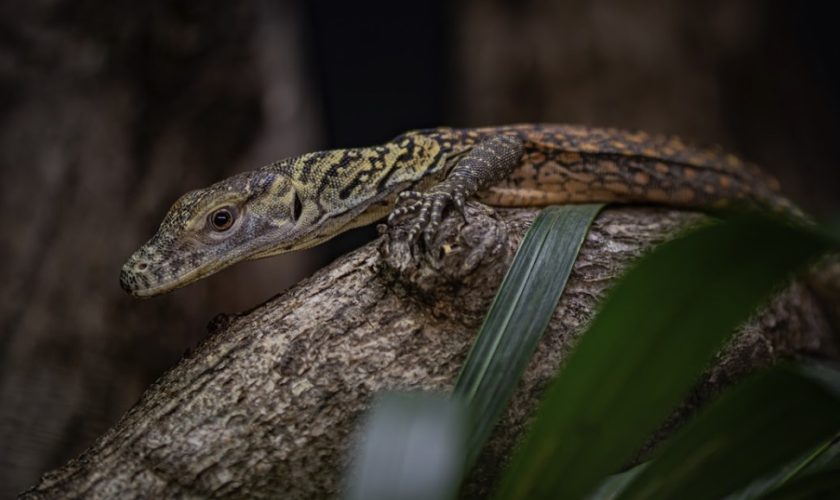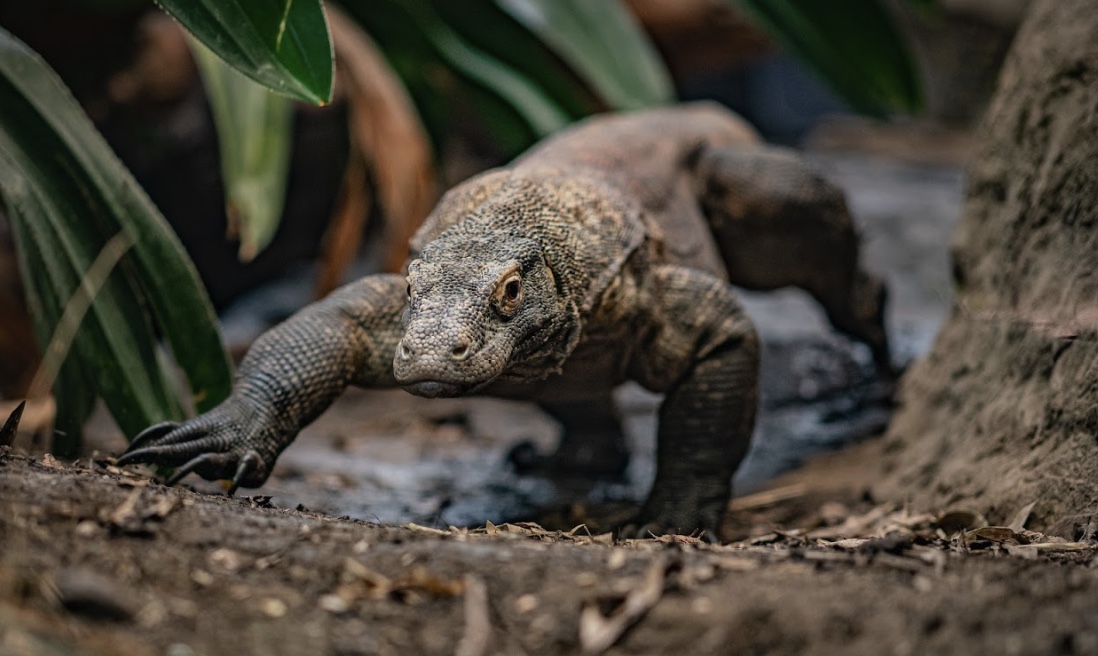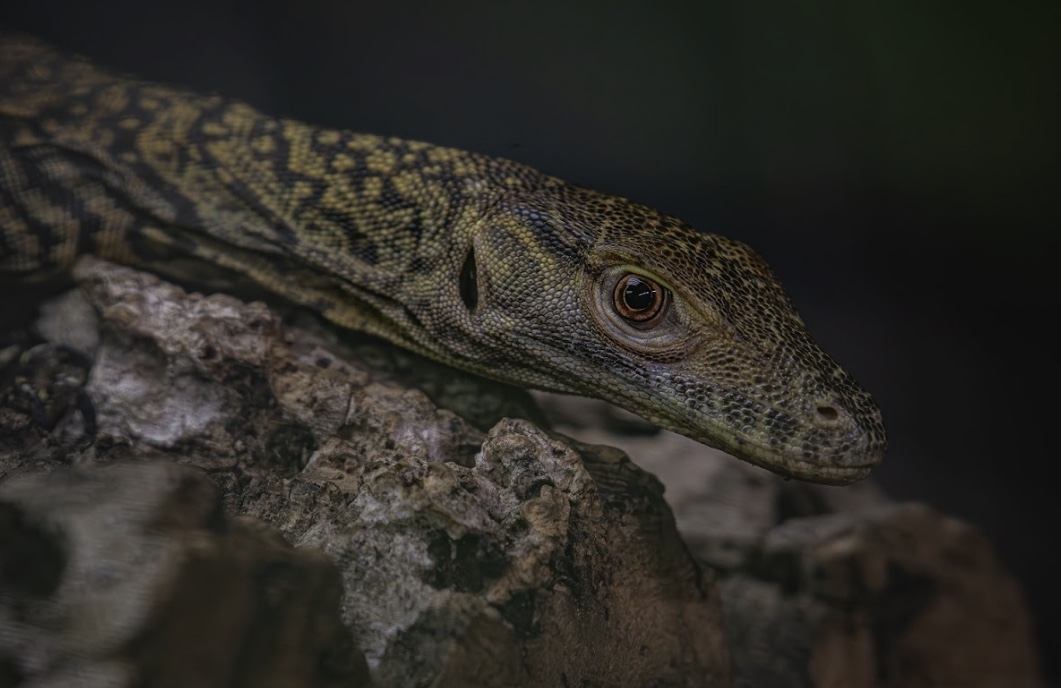Chester Zoo celebrates hatching of world’s largest lizards

Reptile conservationists at Chester Zoo are celebrating the arrival of two baby Komodo dragons – the largest living lizard on the planet.
It’s the first time the zoo has successfully bred hatchlings from a pair of mating dragons.
The hatchlings arrived to mum Mezcal and dad Satali weighing around 74g and measuring just 40cm in length after being carefully incubated for six months.

The tiny youngsters will grow to be more than three metres long and weigh up to 90kg.
Previously, in 2007, experts at the conservation charity became the first in the world to discover that female Komodo dragons can fertilise their own eggs without mating – a process known as Parthenogenesis.
This sees only clutches of male young produced and was a global scientific breakthrough at the time.
Zookeepers say the two hatchlings will join a ‘vitally important’ international conservation breeding programme that is working to safeguard dwindling dragon numbers and build a healthy population in zoos to protect the species future.
According to Matt Cook, Lead Keeper of reptiles at the zoo, “Komodo dragons have survived on this planet for tens of thousands of years, but populations in the wild have been pushed to the edge of existence in the last 50 years alone due to increased human activity, habitat loss and a rapidly changing climate.”

Chester Zoo has been at the forefront of conservation efforts, partnering with The Komodo Survival Program.
Over the past 14 years, they have been able to map out the entire wild dragon population on Flores, the largest island where Komodo dragons are found.
As a result, in 2021, the species was re-categorised as ‘endangered’ by The International Union for the Conservation of Nature (IUCN) to heighten protection efforts.
Dr Gerardo Garcia, Head of Ectotherms at the zoo, emphasised the need for sustainable practices and education to ensure that humans and Komodo dragons can coexist peacefully.
With around 85% of dragons living in unprotected areas on Flores, the work of conservationists and local communities is vital.
The Komodo dragon is the largest of the world’s 7,555 lizard species, found only on a few small isolated islands in Indonesia, including Komodo and Flores.
An estimated 3,000 dragons remain in the wild, with experts predicting a further 30% reduction in their habitat in the next 45 years due to habitat loss, agricultural expansion, and rising global temperatures.
Spotted something? Got a story? Email: [email protected]
Latest News
